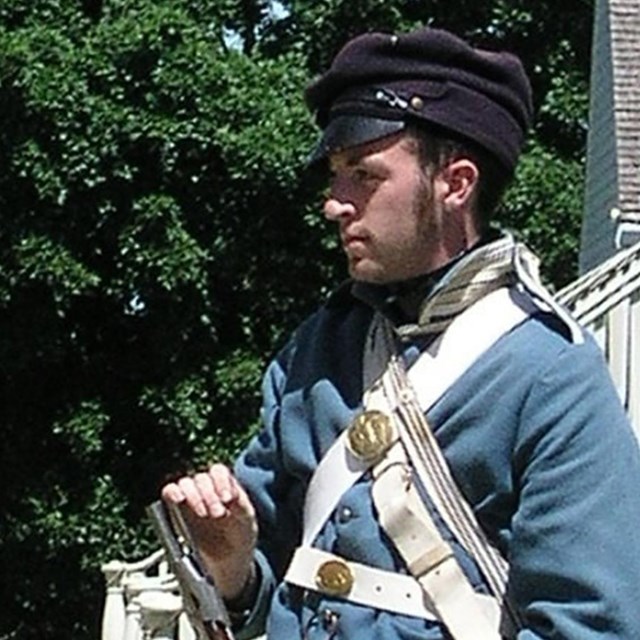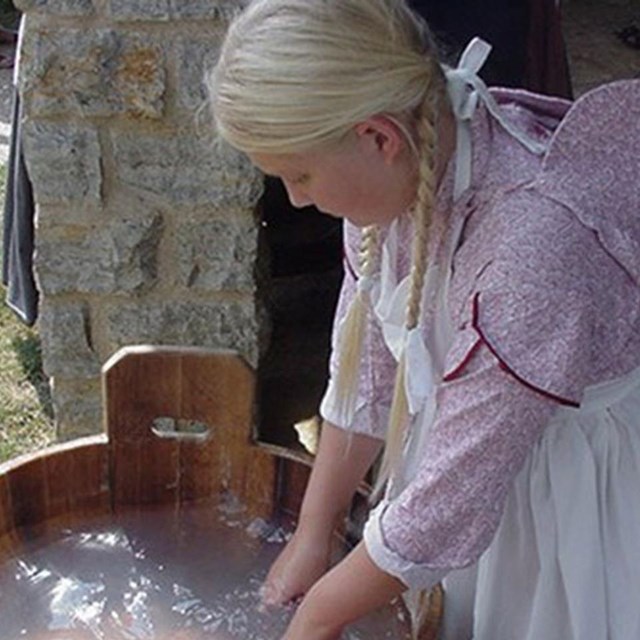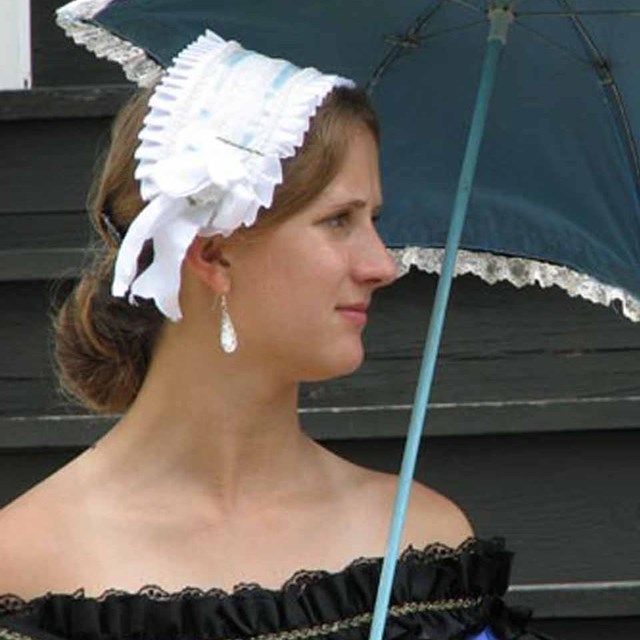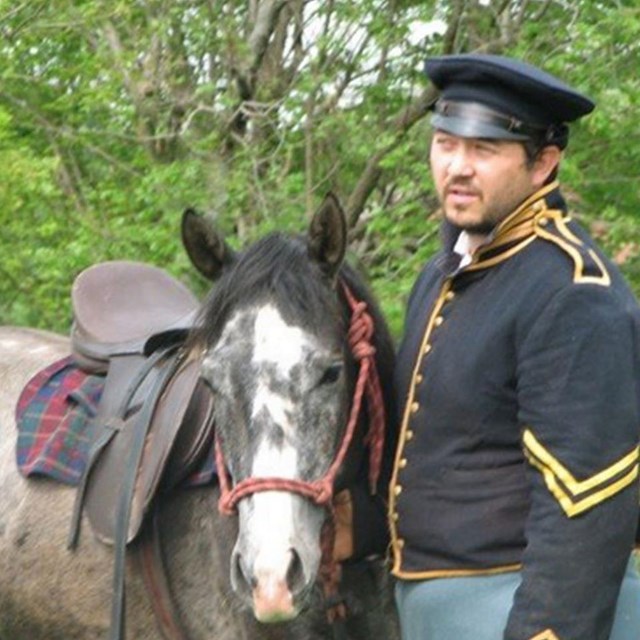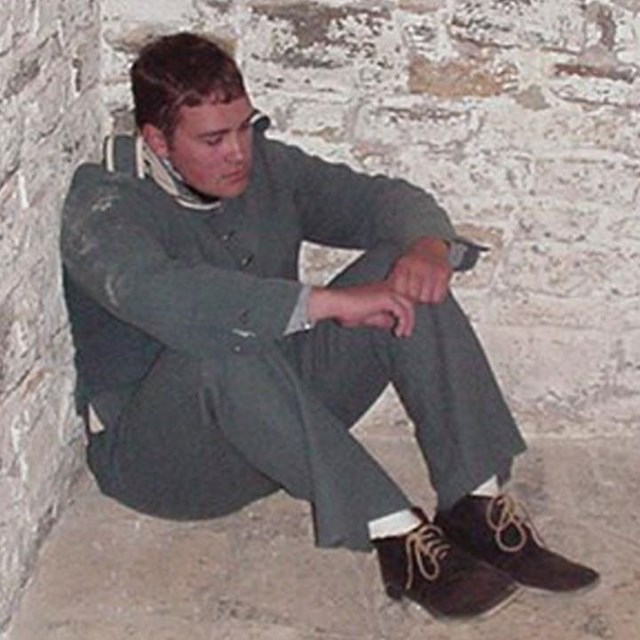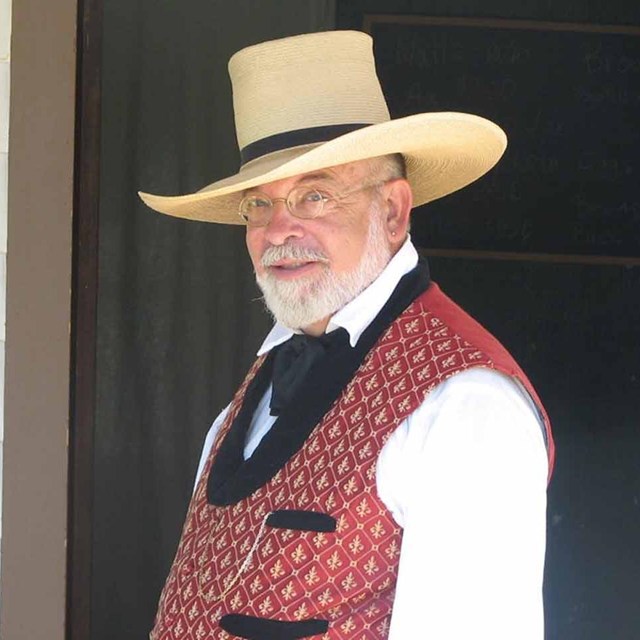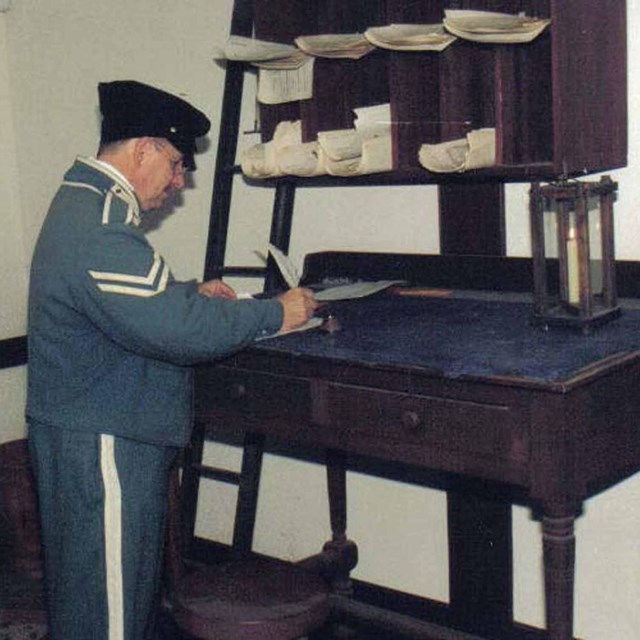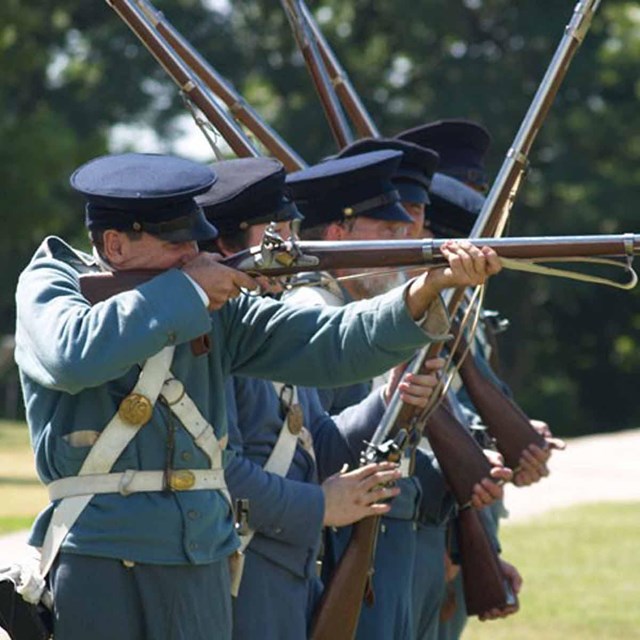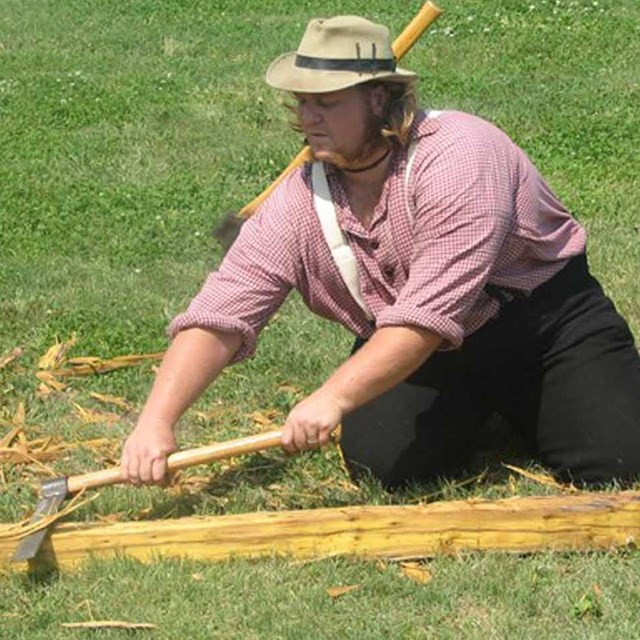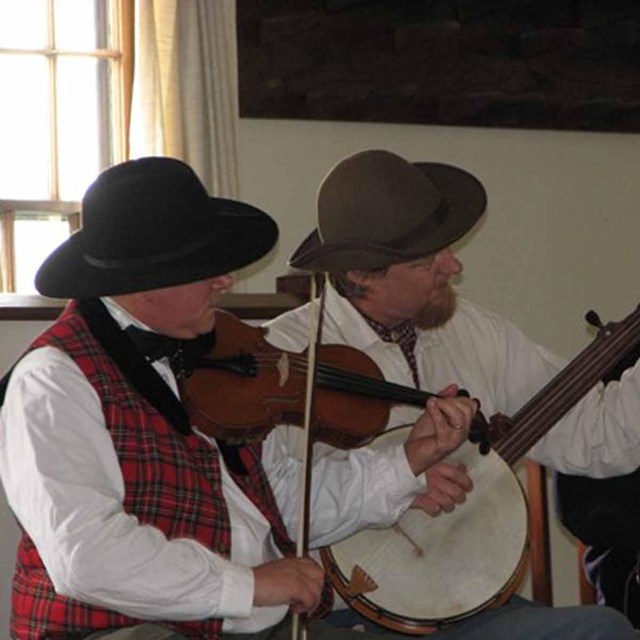
NPS/Wiley Aker Share the experience of life on the frontierThe staff at Fort Scott developed the virtual resource center in the spring of 2000 as a research aid to high school students who present programs to elementary students in grades K-4 during our "Life on the Frontier" program. The individual programs, or stations, convey various aspects of life at Fort Scott during the 1840s. These resources were developed using books and articles in the library at Fort Scott NHS. While developed with high school students in mind, learners of all ages will find valuable information. 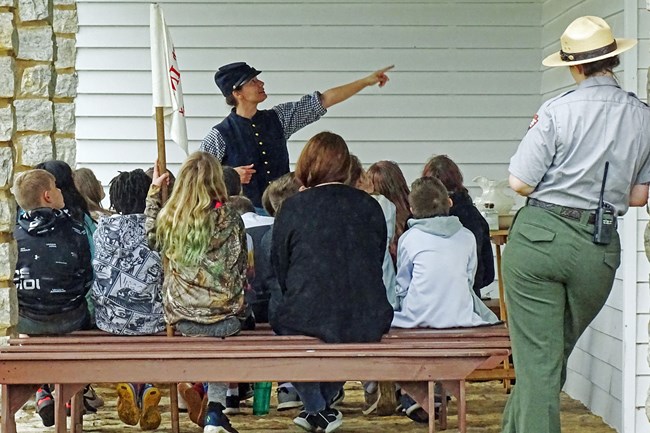
NPS/Wiley Aker Preparing your stationParticipating students move through a series of stations highlighting different aspects of life on the frontier. Each station has it's own series of pages which includes detailed information and a variety of multimedia which will help in program development. At minimum each station has the following pages:
Stations
|
Last updated: June 4, 2024


